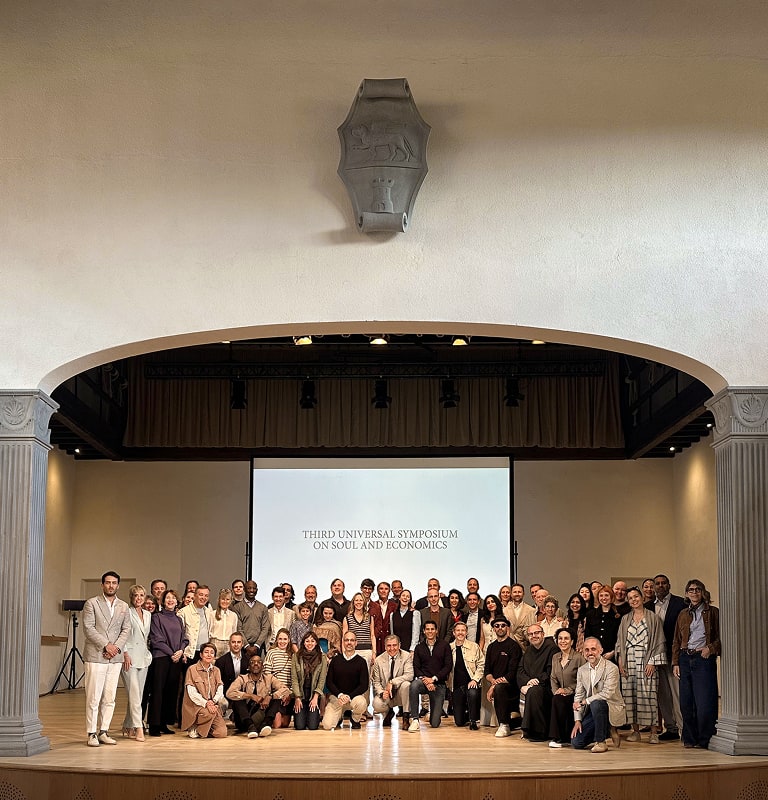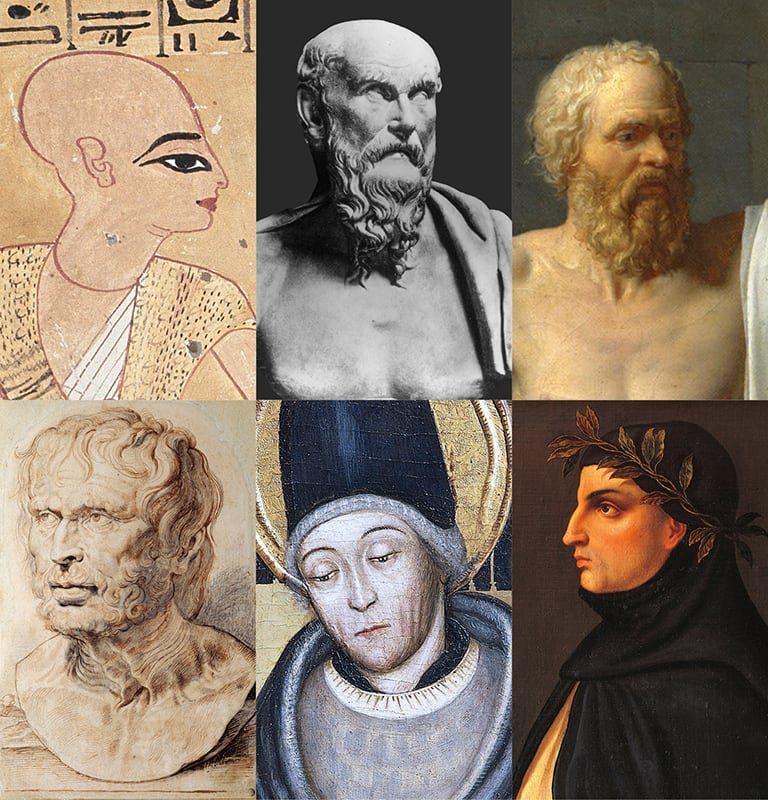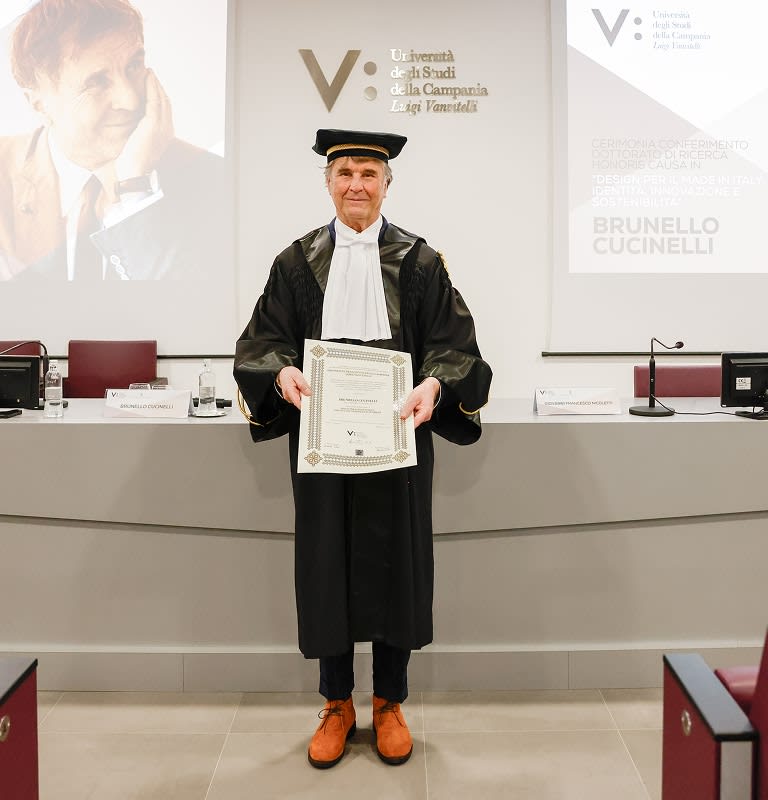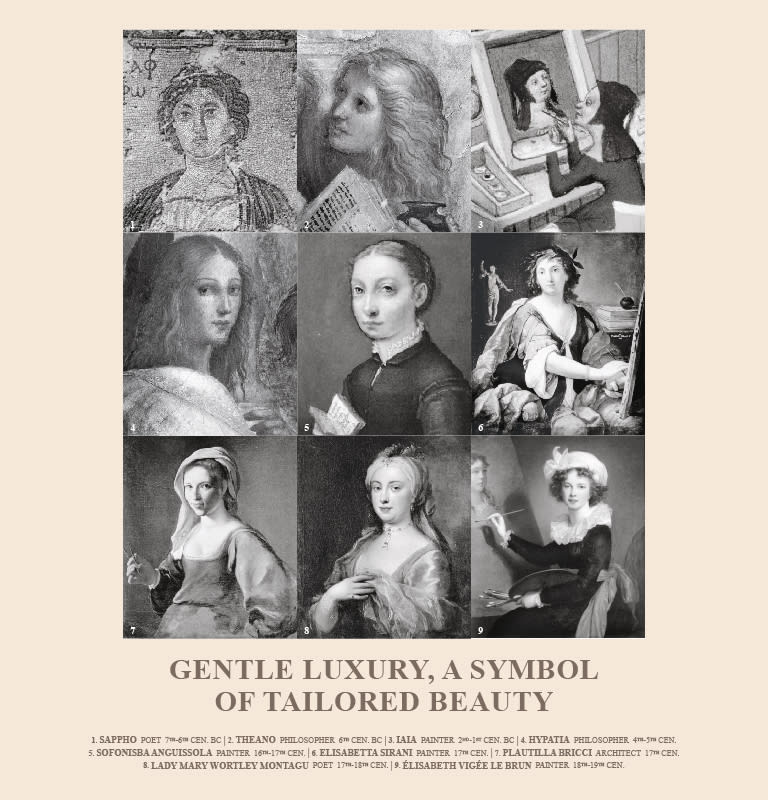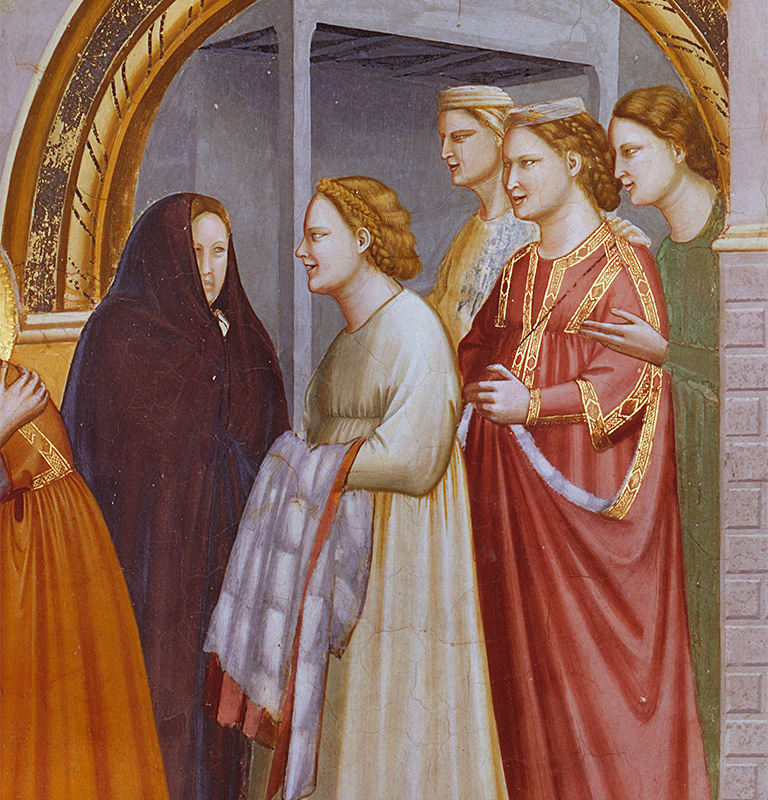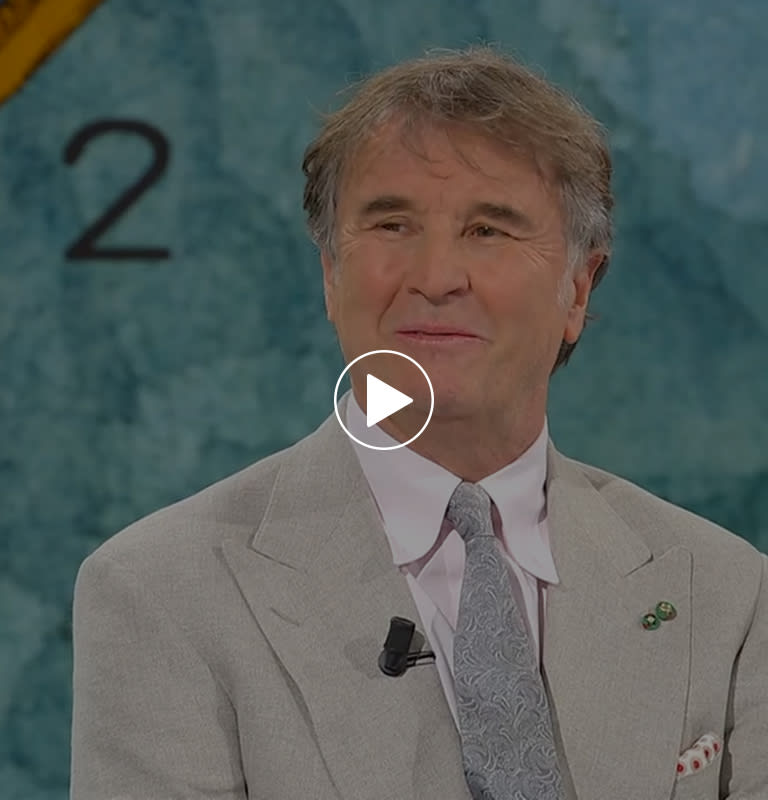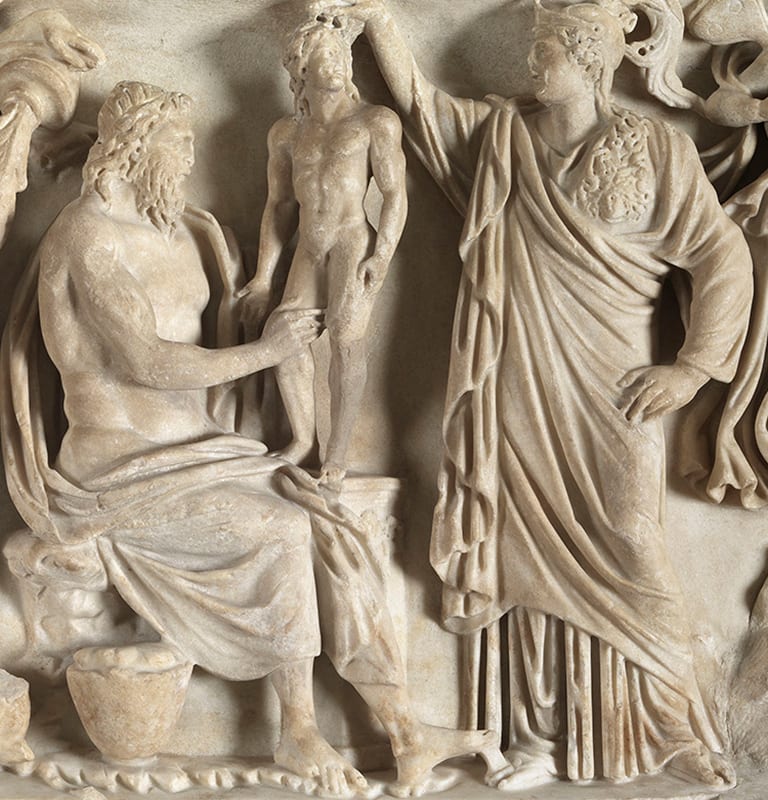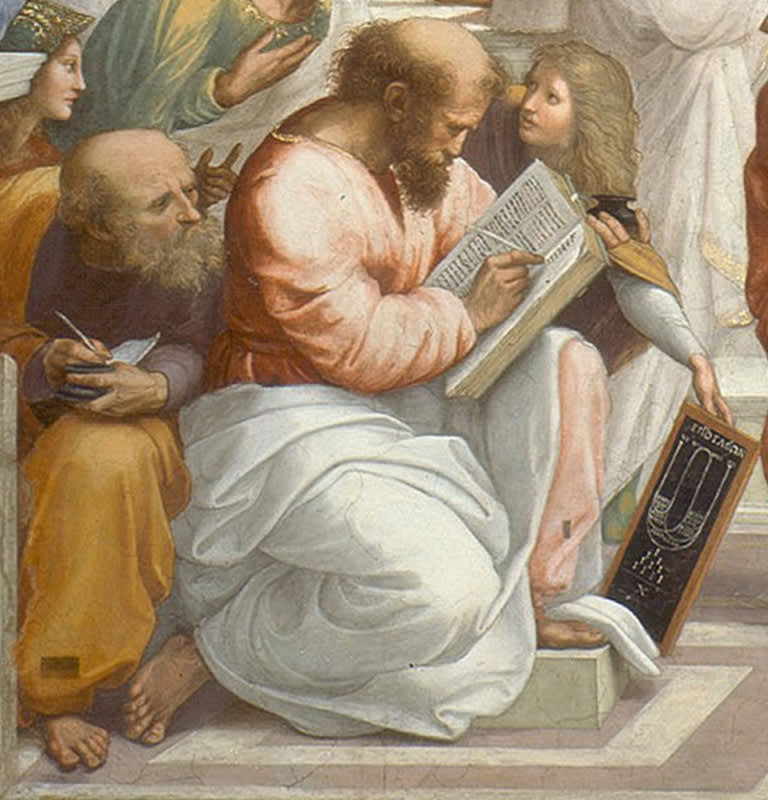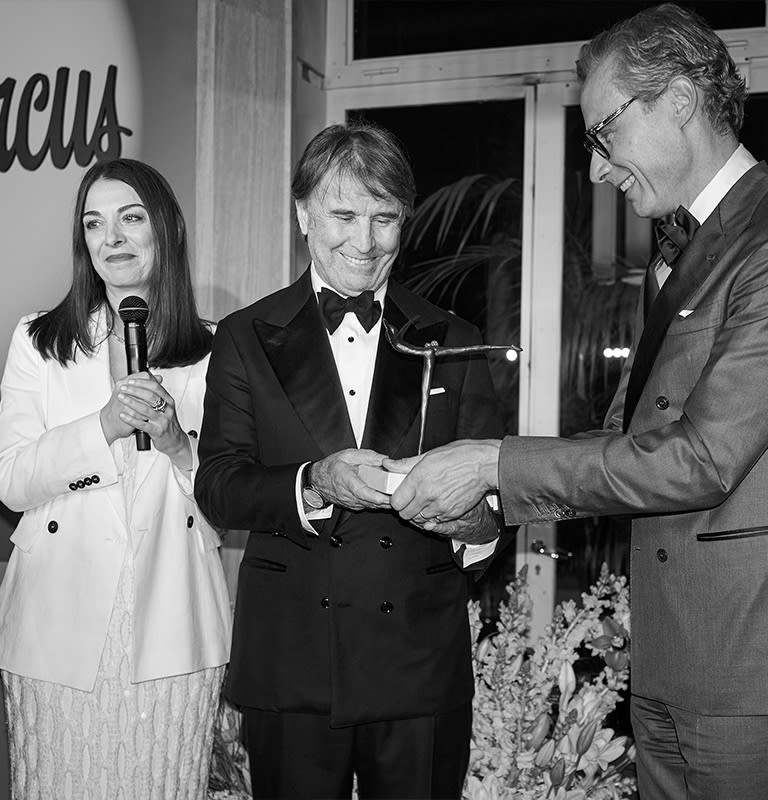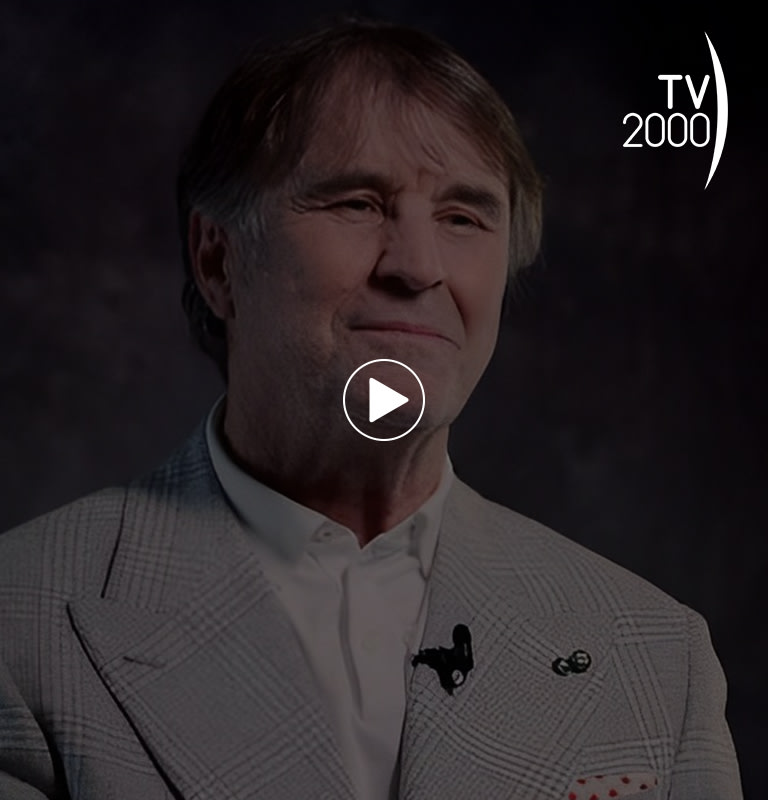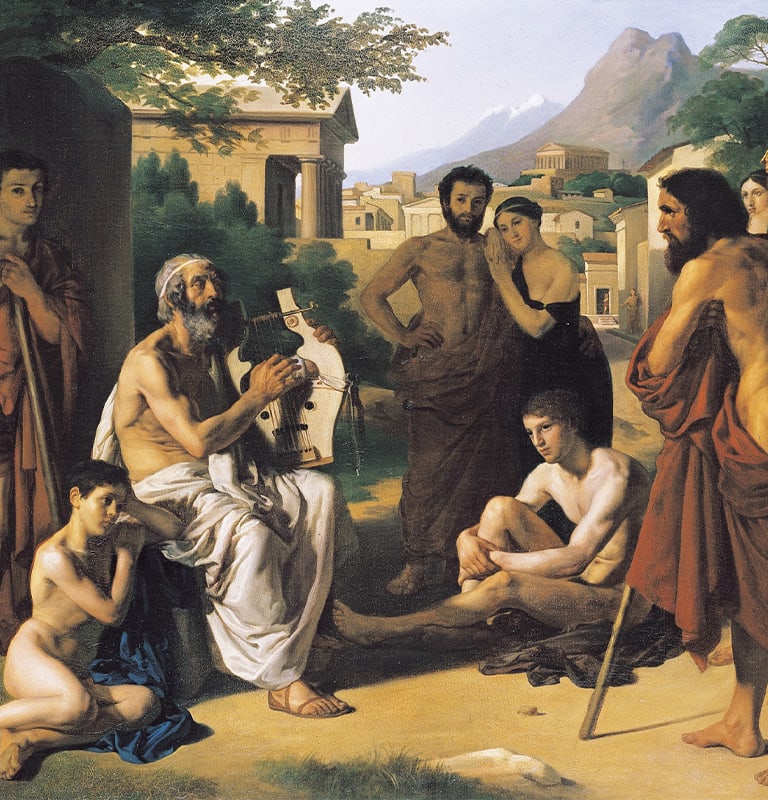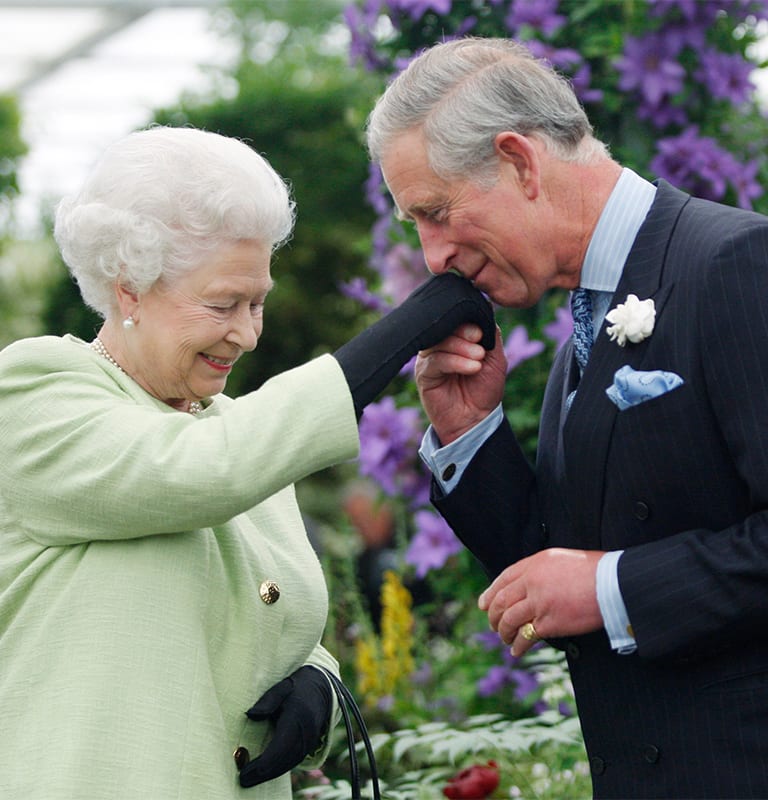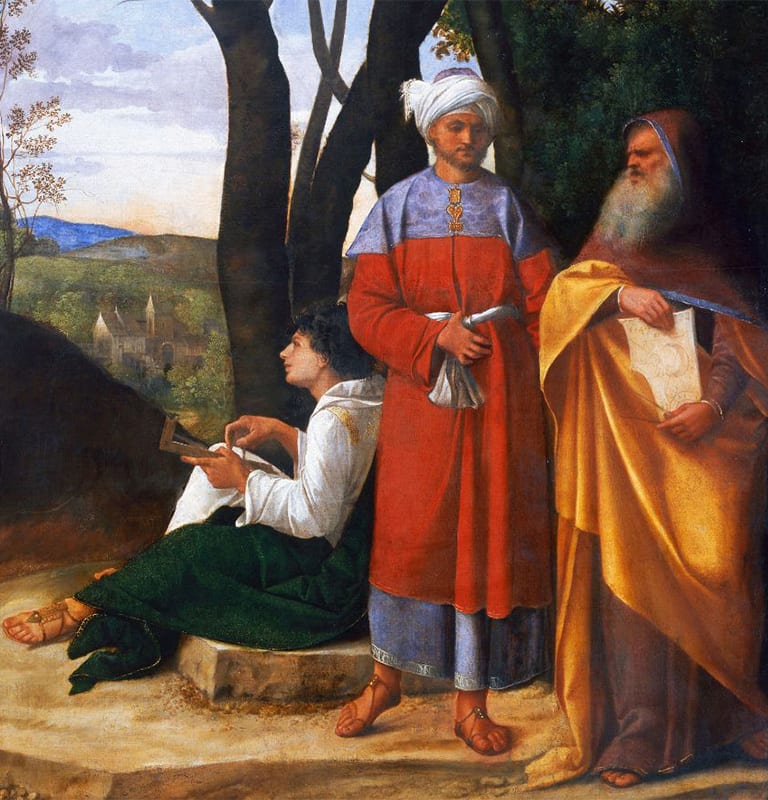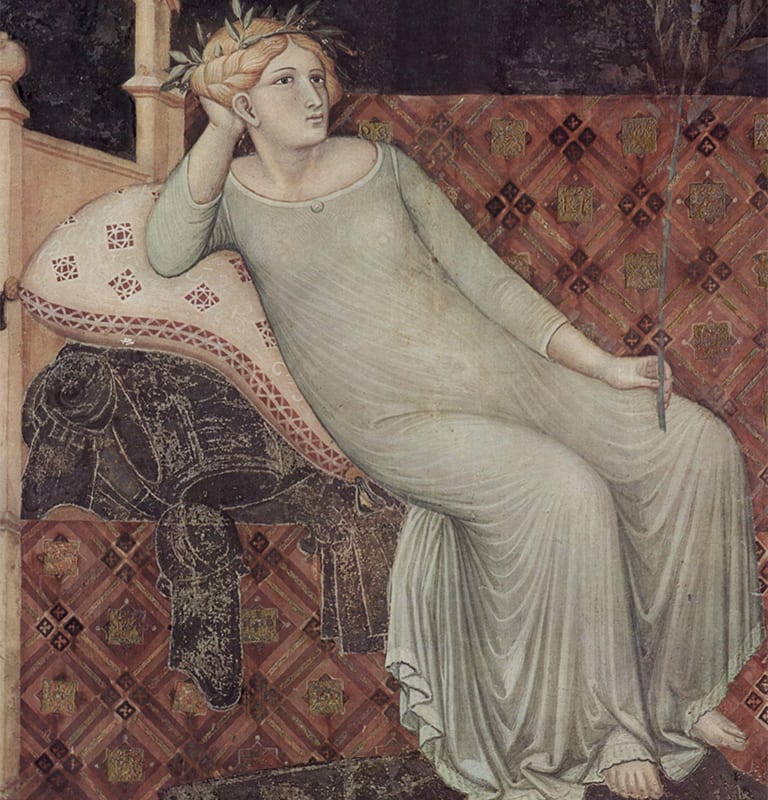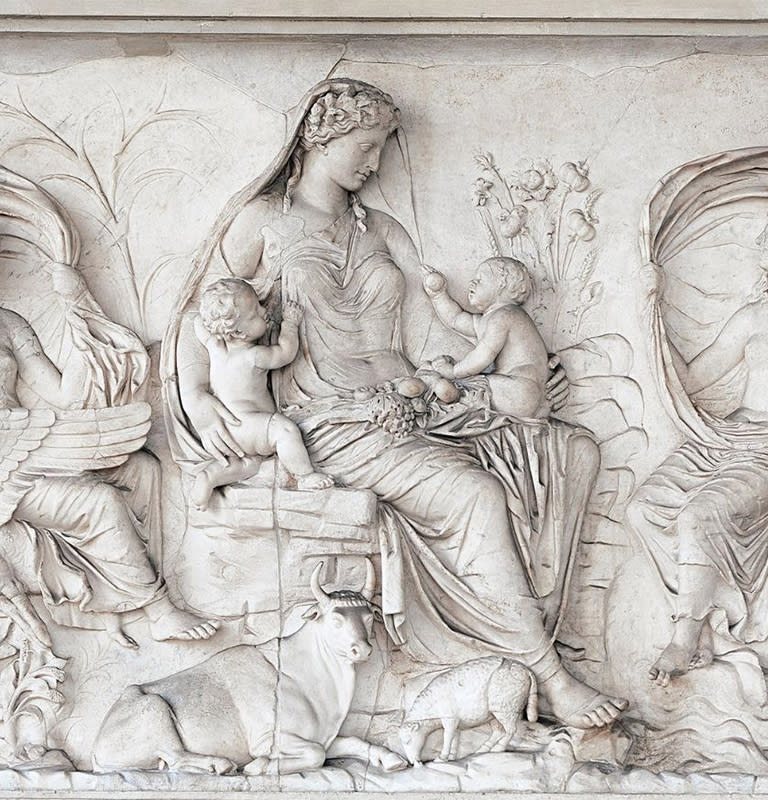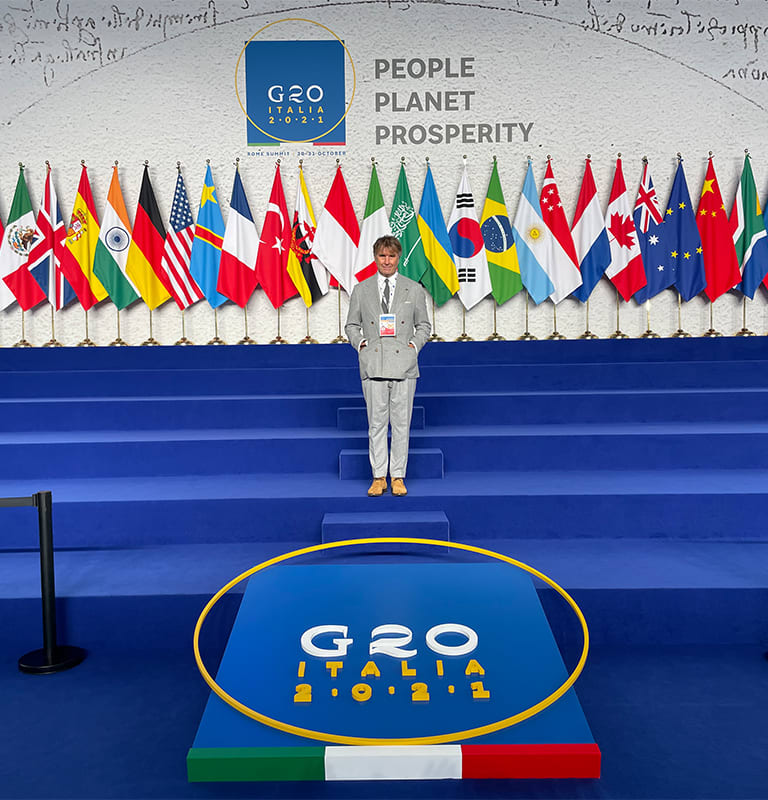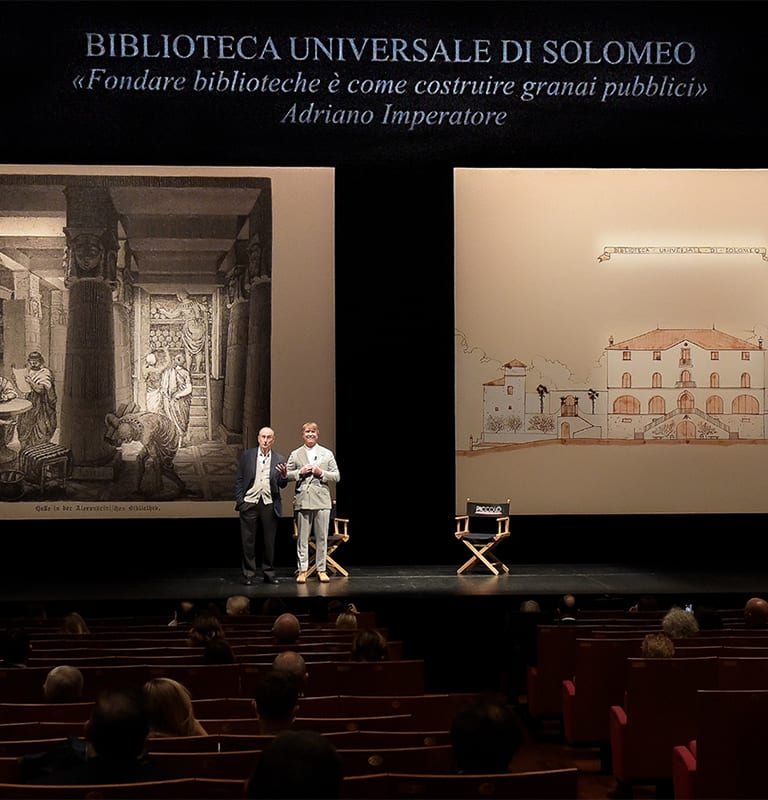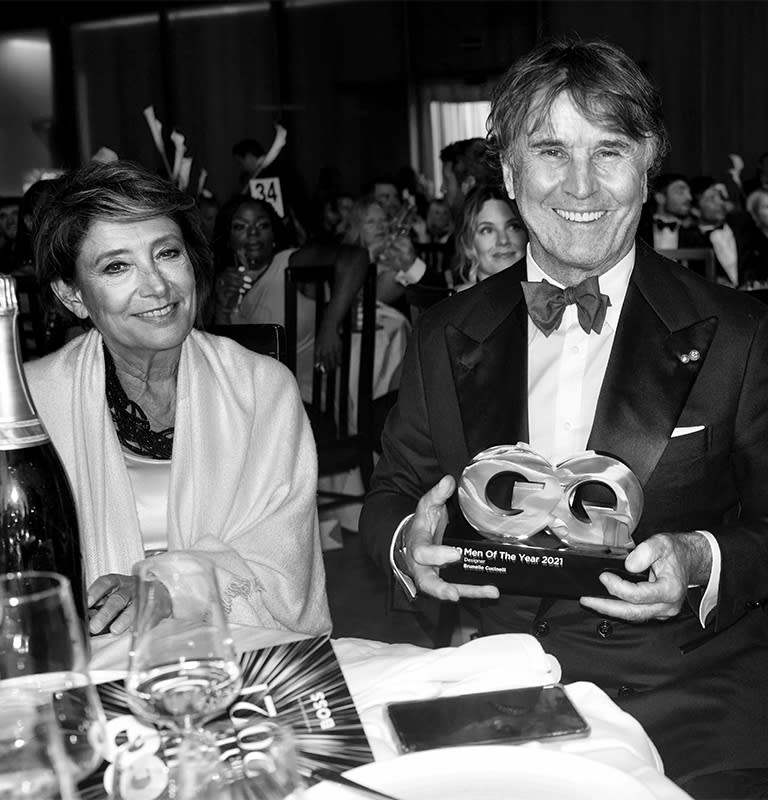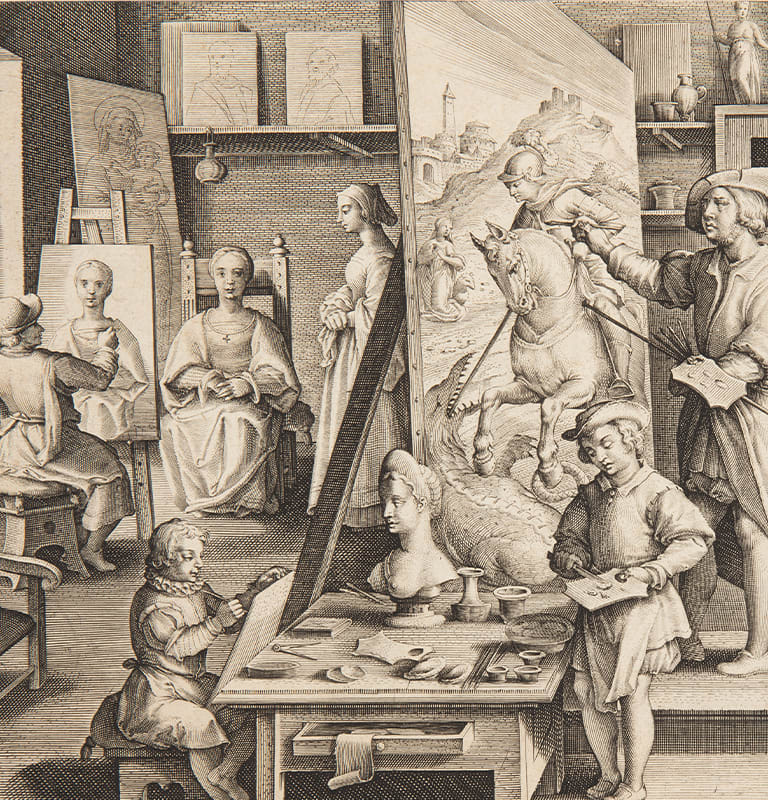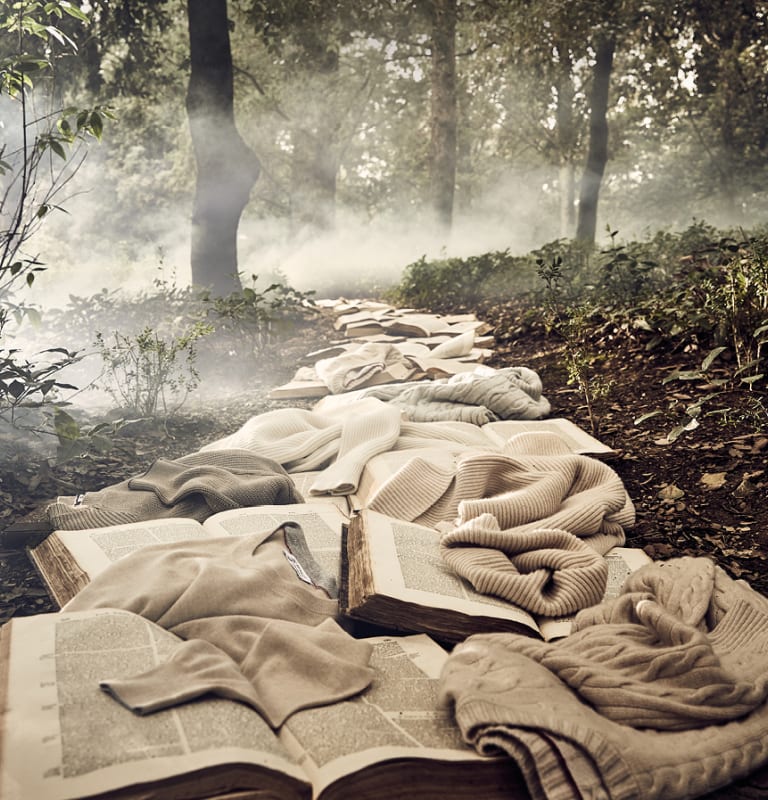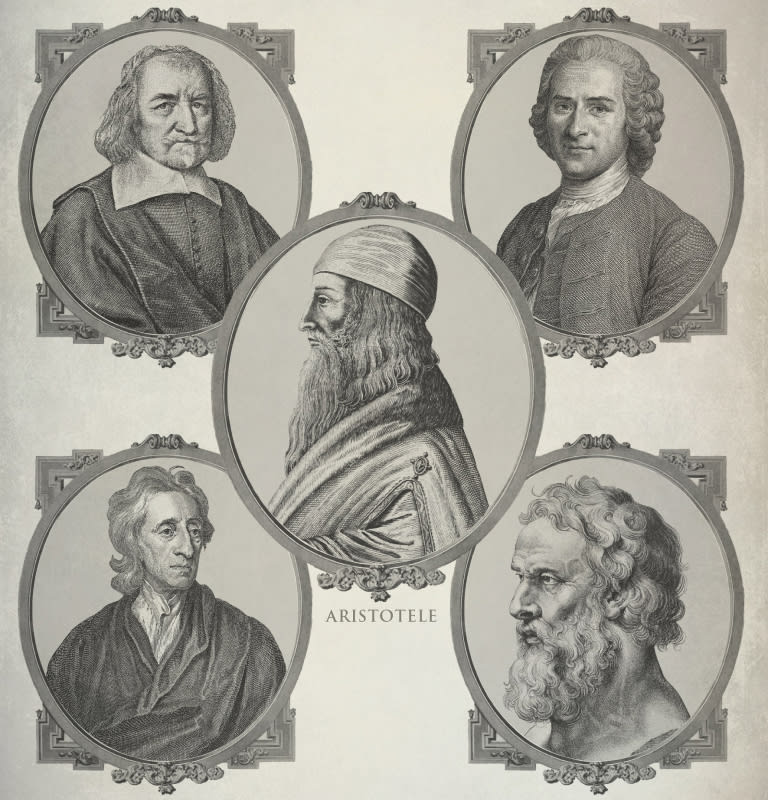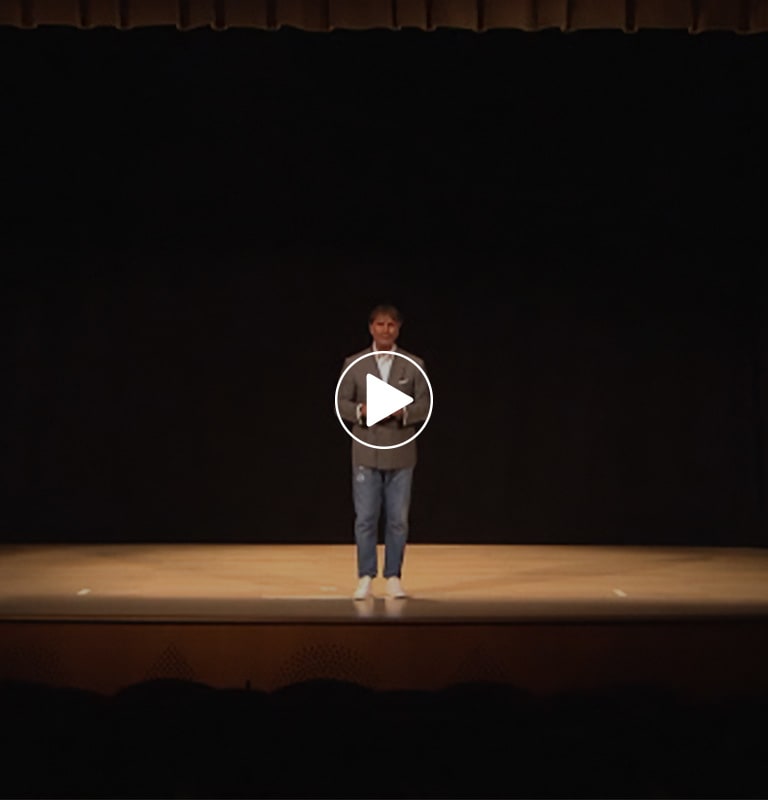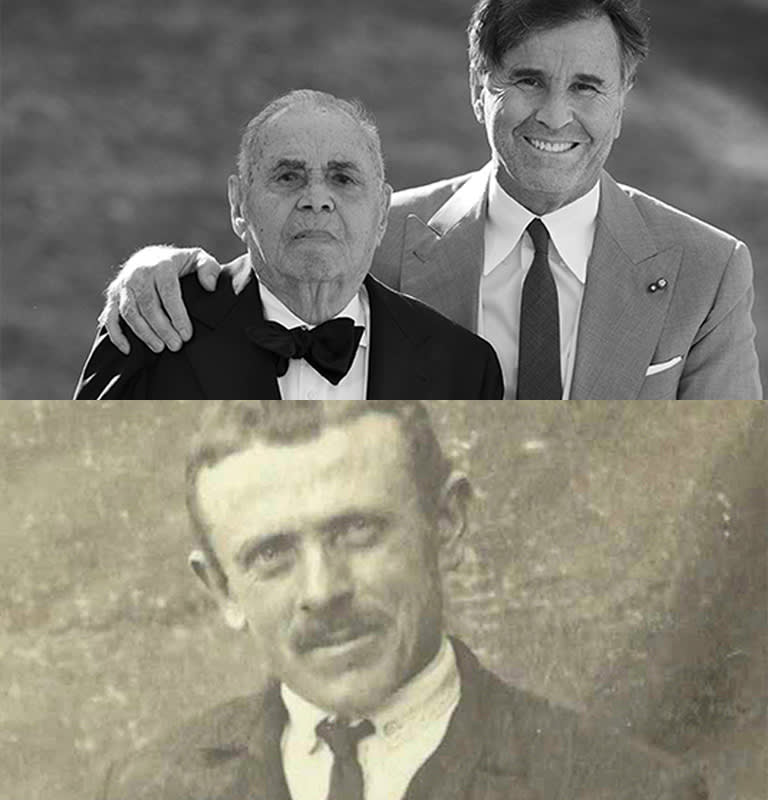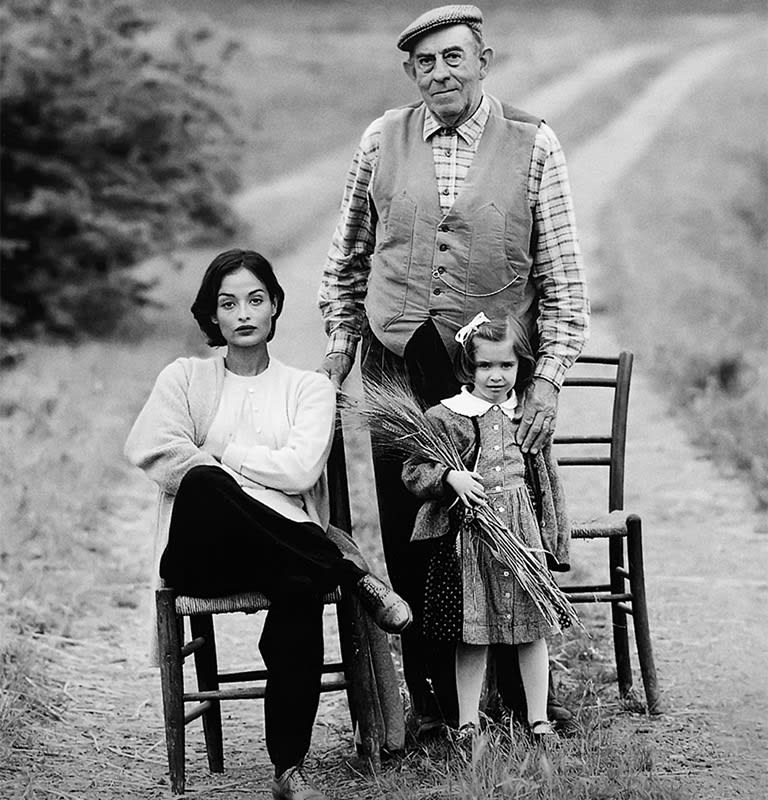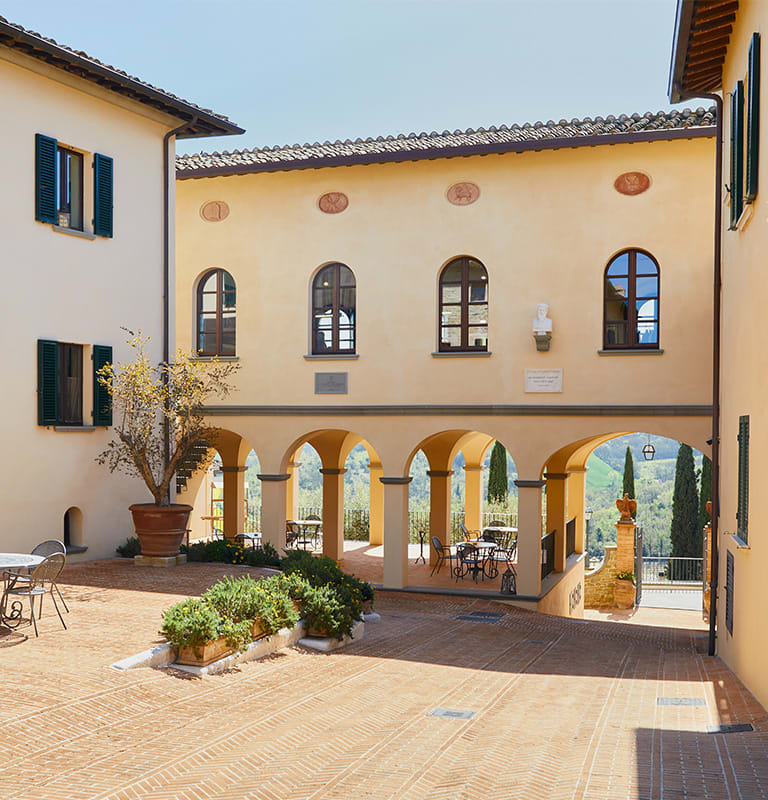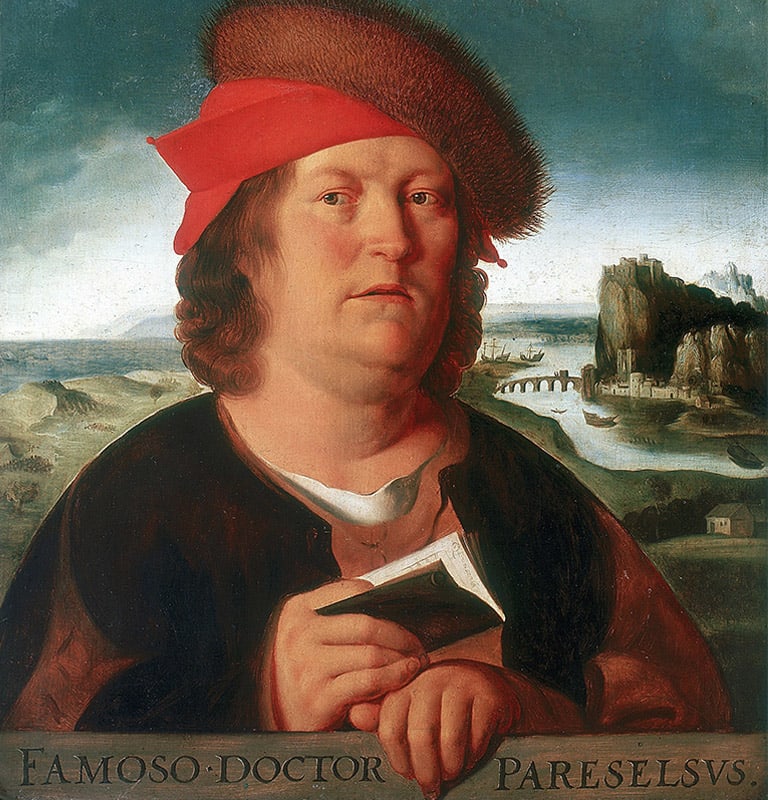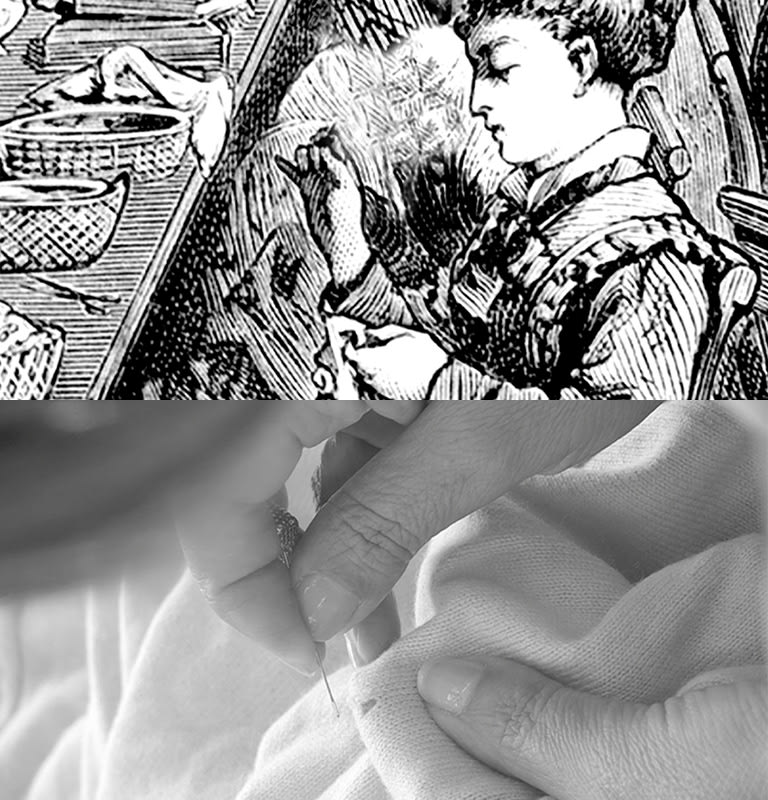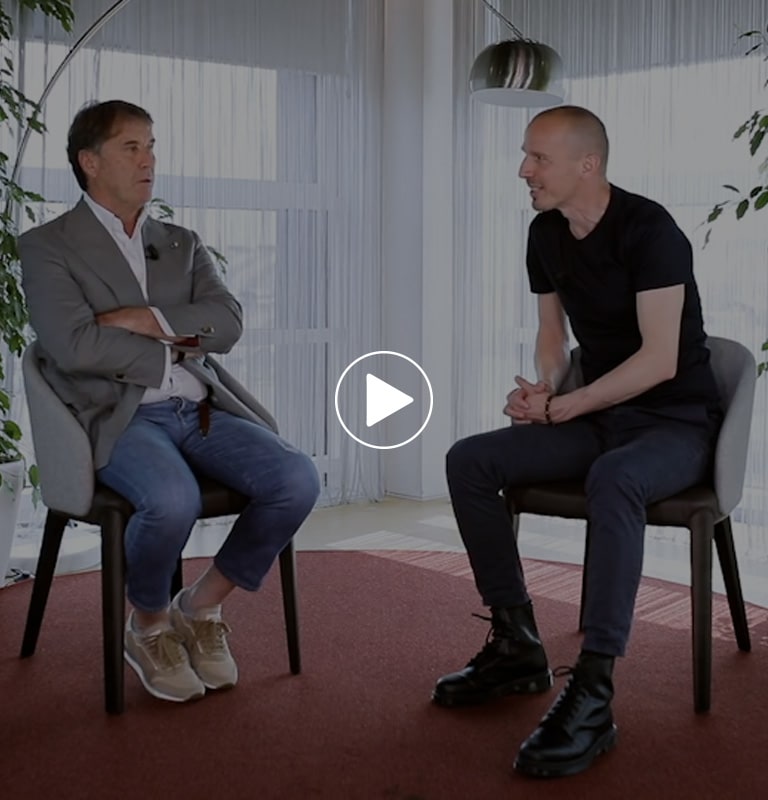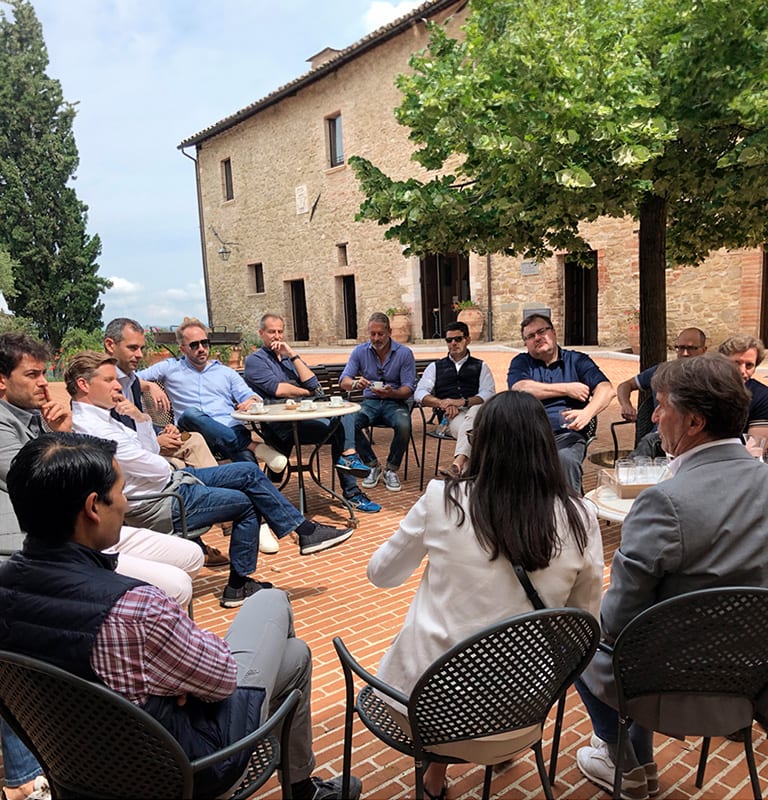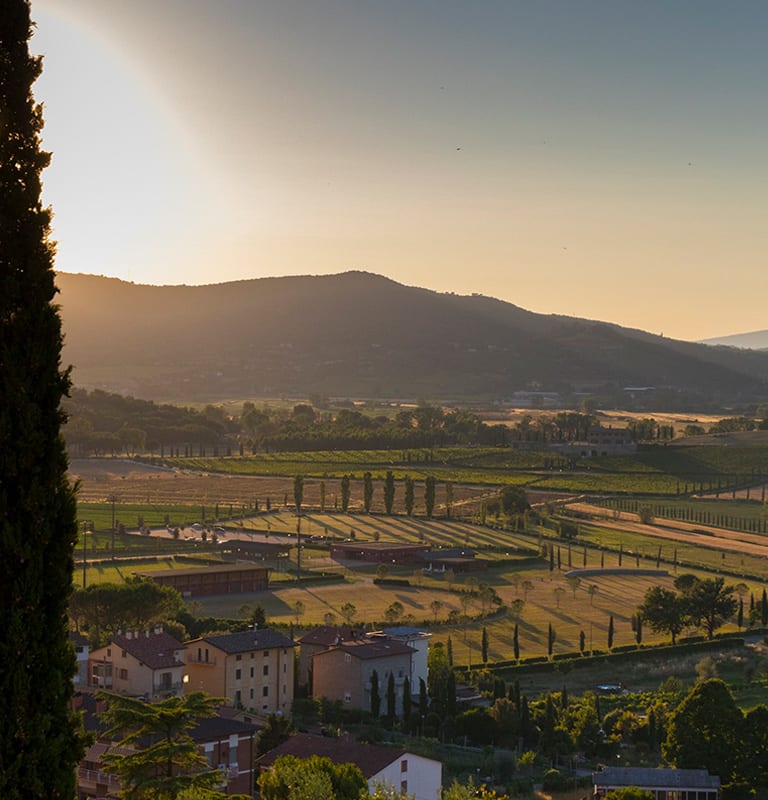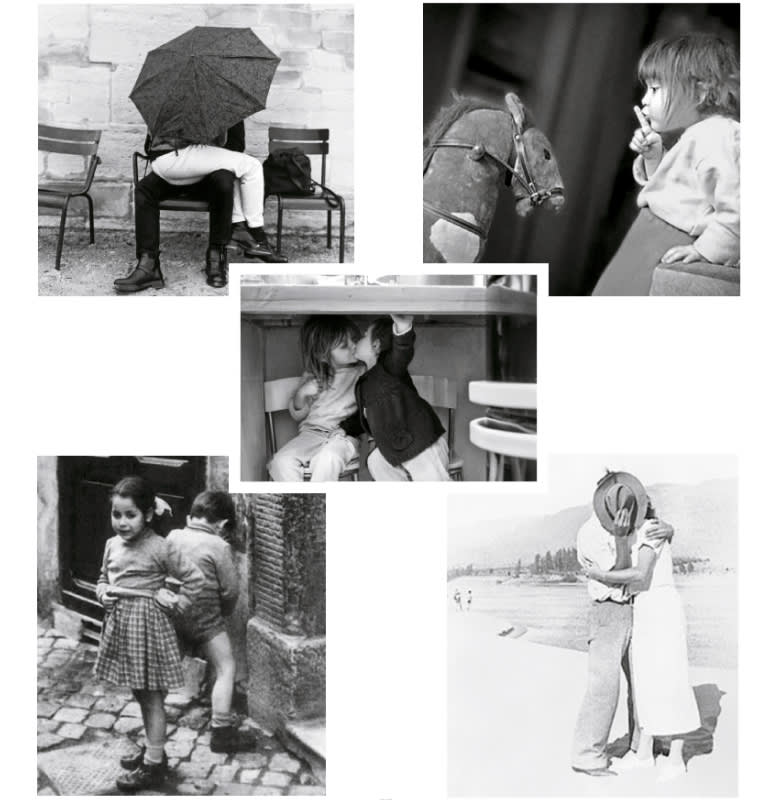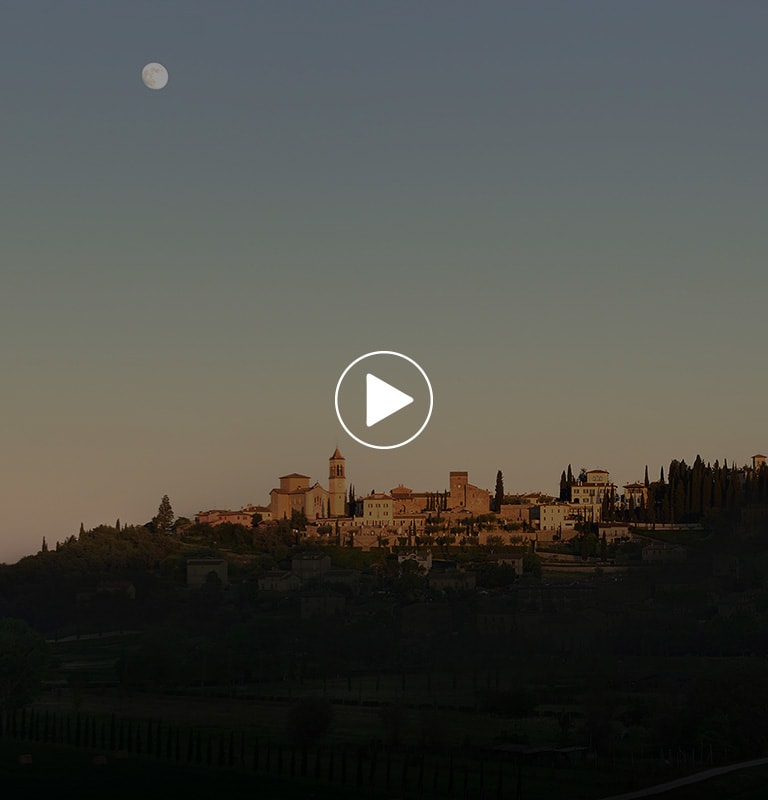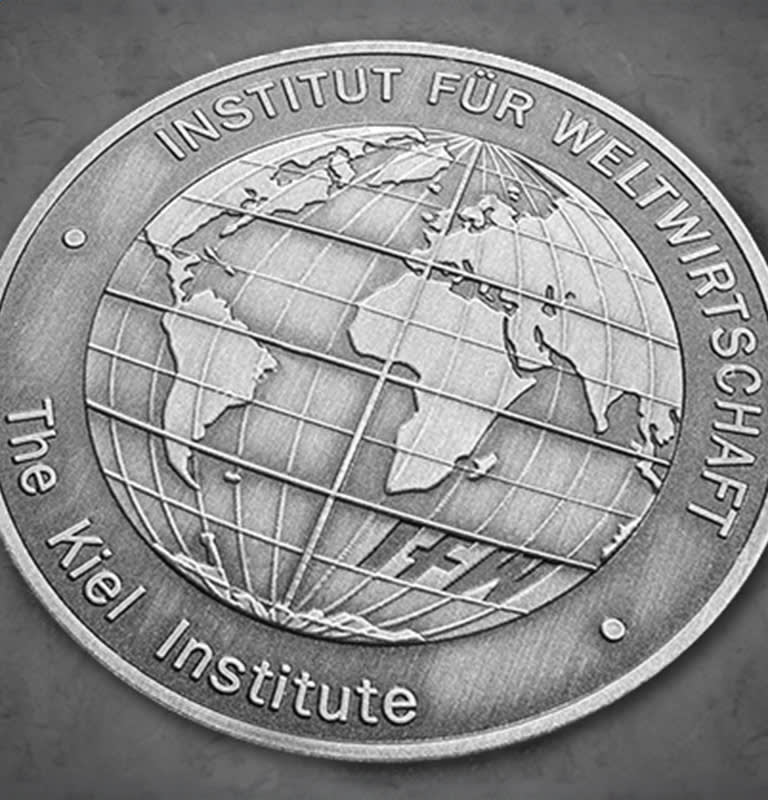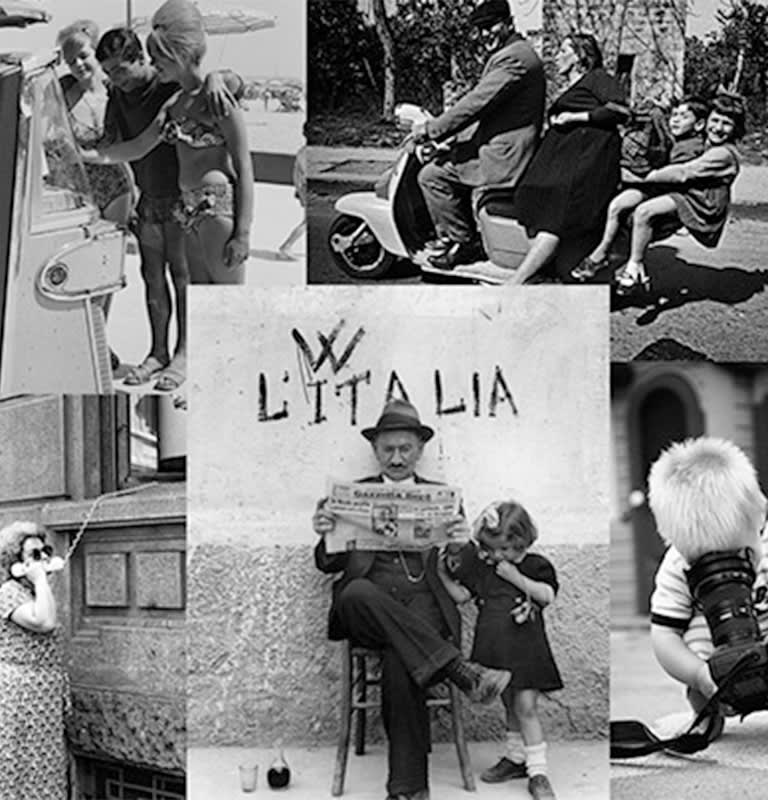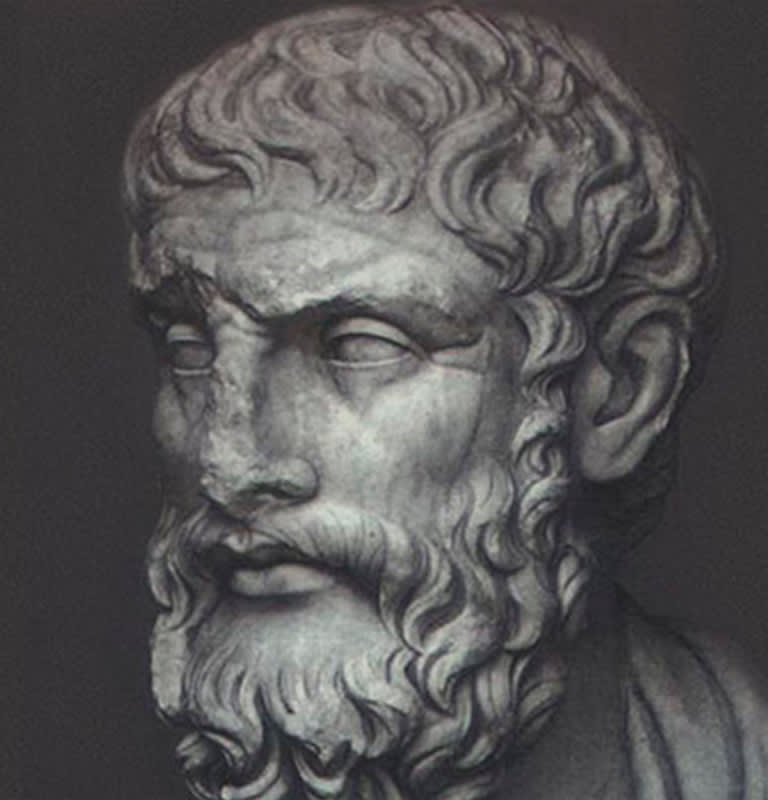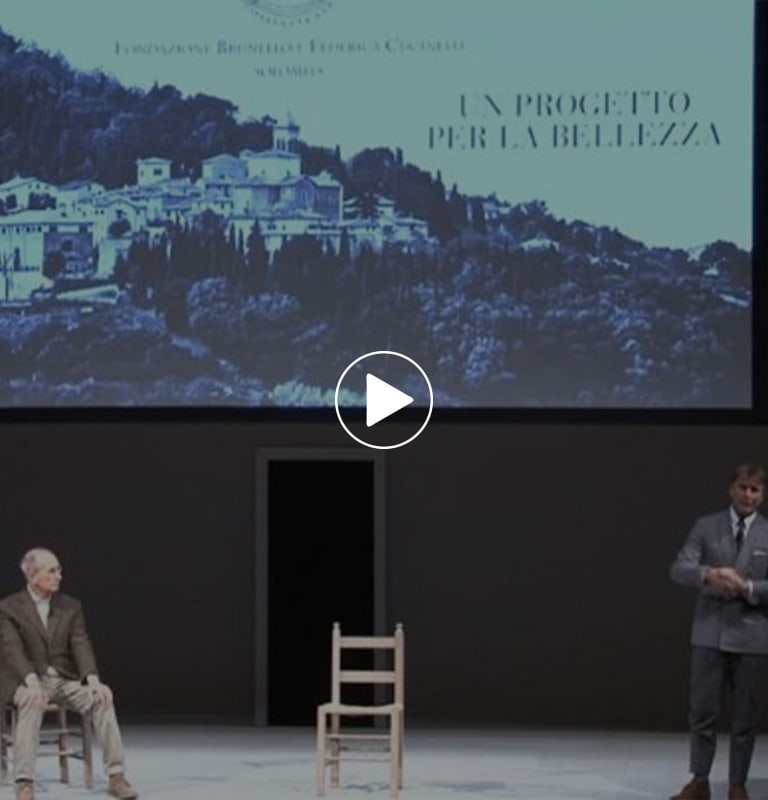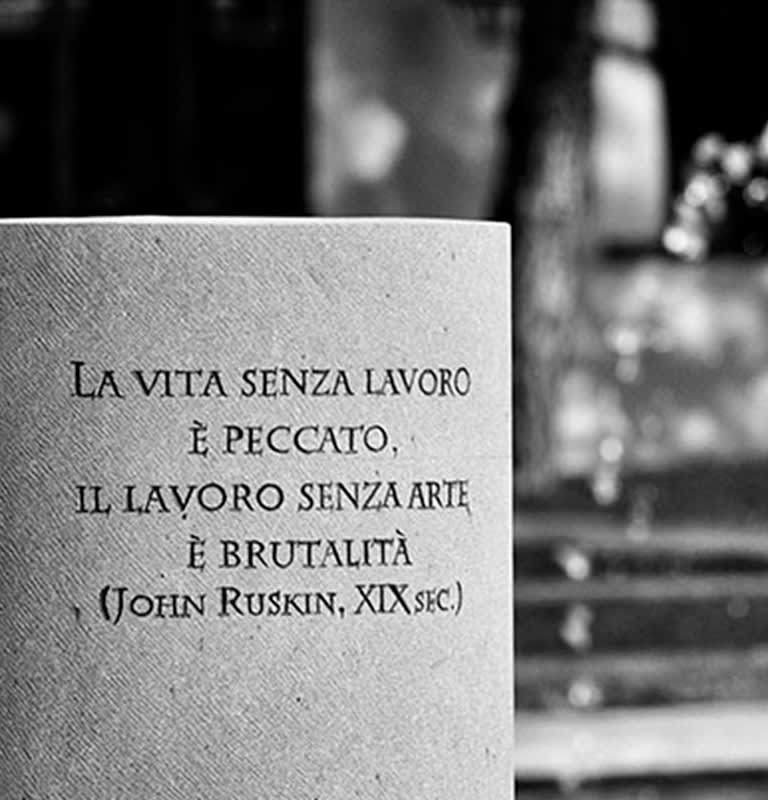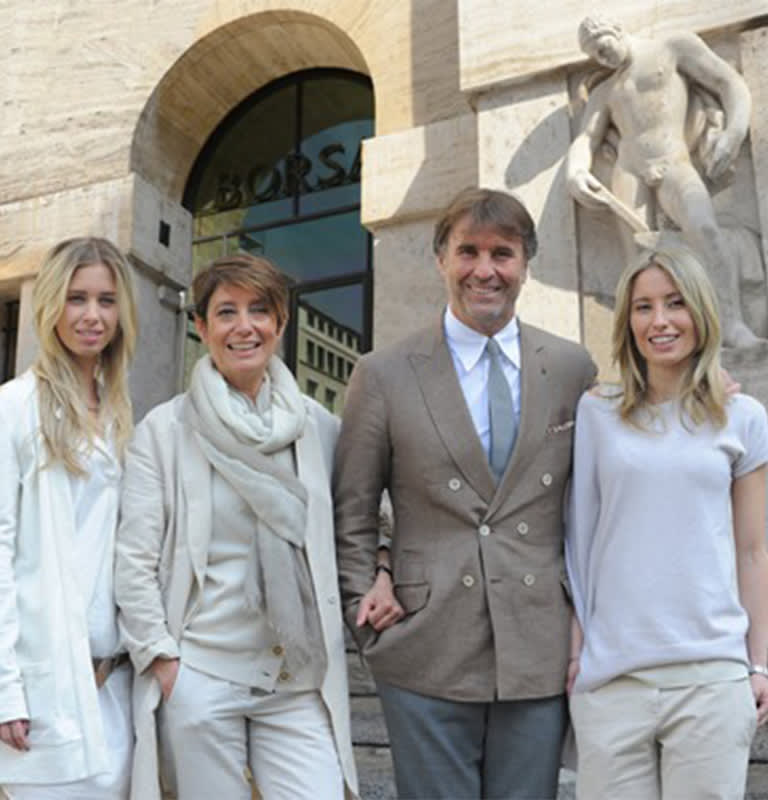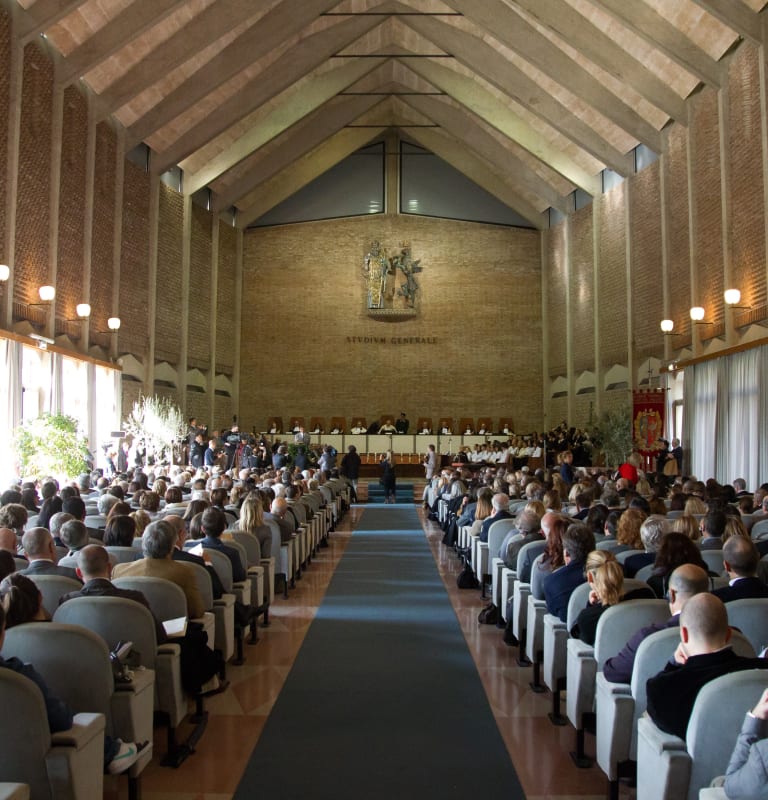label.skip.main.content
-
- 2025 - Third Universal Symposium on Soul and Economics
- 2025 - Letter to the youth for a humanistic revolution
- 2025 - Honorary Doctorate in Architecture
- 2025 - Letter to a beautiful soul
- WWD John B. Fairchild Honor 2024
- 2024 - Letter of praise to Elderliness
- 2024 - Gentle luxury, a symbol of tailored beauty
- 2024 - A universal letter to women
- 2023 - "In mezz'ora" Rai 3, interview with Monica Maggioni
- GQ's Designer of the Year 2023
- 2023 - Letter on Artificial and Human Intelligence
- 2023 - Fruitful and harmonious: artificial intelligence by our side
- Neiman Marcus Award for Distinguished Service in the Field of Fashion 2023
- 2023 - "Soul". Interview with Monica Mondo for Tv2000
- 2022 - Letter to the future sentinels of Humanity
- 2022 - A Queen and a King
- 2022 - Letter to the sages of Humanity
- 2022 - Letter to my father
- 2022 - Letter to my soul
- 2021 - Letter of praise to Italy
- 2021 - Speech by Brunello Cucinelli on the occasion of the G20
- 2021 - The Universal Library of Solomeo, a gift for the next thousand years
- GQ’s Designer of the Year 2021
- 2021 - Interview with Brunello Cucinelli, a guest on Sky tg24
- 2021 - Letter of gratitude to our workers
- 2020 - Universal humanism & technology: conversing with Marco Montemagno
- 2020 - A tribute to the Mongolian and Chinese people
- 2020 - Interview "Face to face with Brunello Cucinelli"
- 2020 - Letter for a new Social Contract with Creation
- 2020 - Speech for the virtual inauguration of IBM Studios Milan
- 2020 - Letter from a grandfather on the first day of the new life
- 2020 - A Letter for the New Time
- 2020 - Spring Letter
- 2020 - Letter to a human being
- 2020 - The Art of Repairing
- 2020 - Letter to a Chinese friend
- 2019 - A dialogue with Marco Montemagno
- 2019 - Time for Spirit, time for Harmony
- 2019 - Meeting with “The Young Leonardos of the Third Millennium”
- 2019 - Solomeo, Hamlet of the Industrious Soul
- 2019 - Harmony and Hope
- 2018 - Solomeo, the real power of the Spirit
- 2018 - Human Privacy
- 2017 - Address to the Masters of Labour
- 2017 - "Toward the Universalism of Man" Lectio
- 2016 - Humanist Artisans of the Web
- 2014 - The Decline of Consumerism in favor of a Fair Use of Things
- 2014 - Presentation of the "Project for Beauty"
- 2013 - Pleasant Peripheries
- 2012 - A Fair Working Life
- 2012 - For fair and graceful growth. Speech for the listing on the Exchange
- 2010 - Lectio Doctoralis, "Philosophy and Ethics of Human Relations" Degree
- 2019 - Harmony and Hope
Harmony and Hope
2 May 2019
In Greek mythology, Harmonia was a goddess; she felt such a deep connection with her spouse that, rather than being separated from him, she begged the gods to transform her into a serpent too. So it’s not by chance that such notion of “connection” can be found in the meaning of the Greek word “armozein”, which means to “connect”, to “join” or to “be in agreement”.
Only a few concepts are as flexible and adaptable as the notion of “harmony”. If all the parts of a natural or a man-made creation are well proportioned, both individually and as a whole, and their connections are melodious and graceful, then it is a harmonious creation. It can be either a piece of music, architecture, sculpture or poetry.
And so, when our soul and body are balanced and connected with Creation, we have reached a state of inner and outer Harmony.
Harmony: this ancient term is back in vogue now thanks to Technology, a contemporary “god” whose name has its origins in bygone days and that at present, thanks to the Internet, means to “connect”. Today – just like our forefathers did during the Industrial Revolution, in the late 1700s and early 1800s – we feel both enthusiasm and a tinge of fear. Will the meaning of life change? I’m sure it won’t, as long as the humanity of this ancient word survives in our modern-day society. If connected individuals today don’t forget that they’re human beings, and resist the alluring dehumanization brought on by technological progress, the present will live in Harmony and the future in Hope.
Elpis (Hope) was also an ancient Greek goddess; she saved mankind from all the evils of the world that had been unleashed by Pandora when she opened her jar and scattered its contents. Only Hope remained inside the jar. The daughter of Hope, the last goddess, is Anticipation, that we love because she gives us values. The world wasn’t built in a day. The triumphal columns celebrating the splendor of the Roman Empire were built using marble that had formed, hardened and become translucent over millions of years: that’s why they’re so beautiful and timeless, a true pleasure to the eye. Just like the pleasure of drinking water from mountain springs to quench your thirst after a long hike.
Perhaps today we have forgotten the art of anticipation, and things appear less desirable because we haven’t worked hard enough to earn them. I truly believe that Harmony and Hope create beauty, because they take their time and are never in a hurry. In Harmony we imagine those things that we still don’t have, which are more desirable. Even if it’s hard to believe, the pleasure of anticipating enjoyment is greater than that of obtaining it. Dreams stemming from anticipation are like ideas and, as Plato stated, Ideas are better than reality.
For some people, the future of the world as it is today – as I said before – is sometimes source of a certain malaise of our soul. However it shouldn’t be, as I firmly believe that if we put Harmony and Hope back on the altar, if we rediscover the pleasure of anticipation and of taking things slowly, we will be able to take off our blindfold and see the beauty of Creation and a bright future for all. A future where profit goes hand in hand with giving back and moderation is our mother, where every man is free to choose, as a brother among brothers, the land to settle on; a place where other men can then decide to live their whole life, in the land of their fathers.

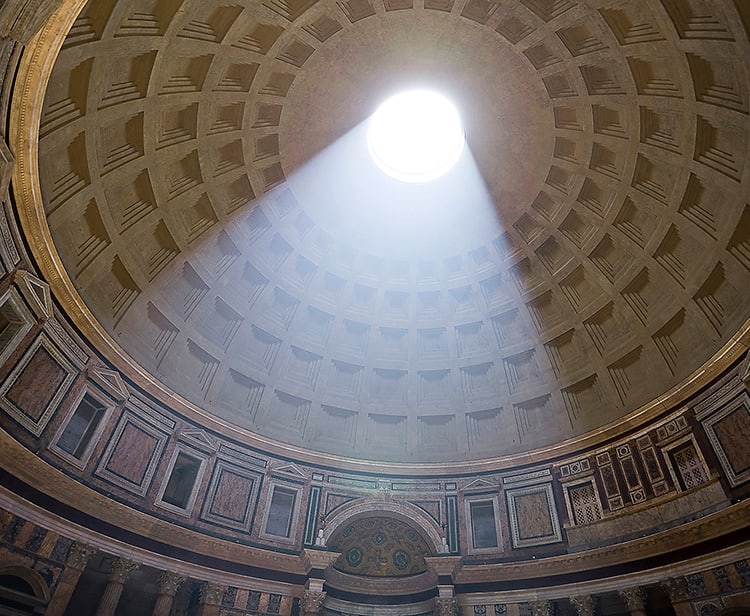
Interior of the Pantheon, Rome, Samuel Magal / Sites & Photos / Heritage Images/Archivi Alinari, Florence


